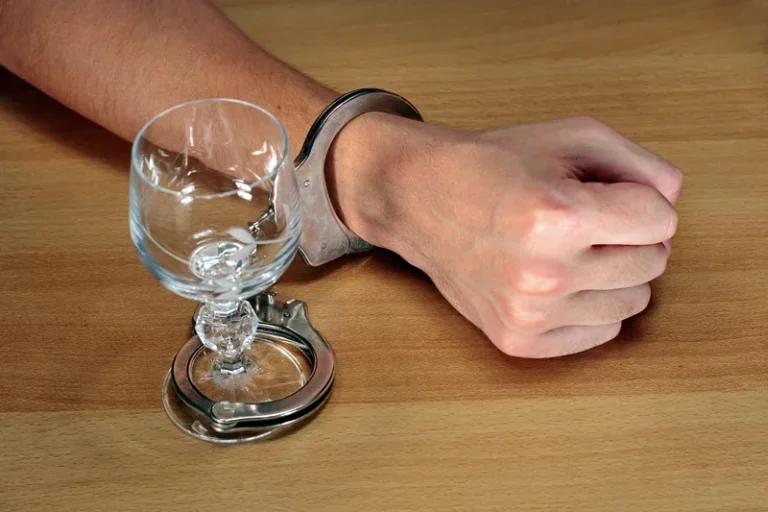5 Symptoms of Alcohol Poisoning and What It Does to Your Body
But it’s best to take action right away rather than be sorry later. You may worry about what will happen to you or a friend or family member, especially if underage. But the results of not getting help in time can be far more serious. At the very least, you should limit alcohol as much as possible, especially if it’s making you unwell. Post-viral fatigue (PVF) is fatigue that first starts during a viral infection but persists after the virus has gone. Scientists are not sure what causes PVF, though immune cells called cytokines likely play a role.
Mental Health Care
If a person has consumed one or less drinks per hour, they’re considered to be sober, or low-level intoxicated. You should remain with the unconscious person until emergency medical help arrives. If you drink more than this and your body isn’t able to break it down fast enough, it accumulates in your body. What tips the balance from drinking that produces impairment to drinking that puts one’s life in jeopardy varies among individuals. Age, sensitivity to alcohol (tolerance), gender, speed of drinking, medications you are taking, and amount of food eaten can all be factors. The time it takes alcohol to both have an impact and subsequently leave your system can depend on many factors, such as your weight and how many drinks you’ve had within a given time.
Renal Tubular Acidosis
- At this time, a person will begin to experience emotional instability and a significant loss of coordination.
- When this happens, your body might go from taking 12 to 20 breaths per minute to less than eight breaths.
- This typically occurs when people consume excessive amounts of alcohol in a short space of time.
- If an individual drinks alcohol on an empty stomach, their BAC usually peaks within 30–90 minutes.
Ensuring that you drink responsibly can prevent alcohol poisoning. Always drink in moderation, and keep track of the amount of drinks you’ve had. Other names for alcohol poisoning include alcohol overdose and ethanol toxicity. You can drink a fatal amount of alcohol before you pass out.
Can alcohol intolerance develop suddenly?
“The first thing that we would do when we have a person come into the emergency department for alcohol poisoning is to check their vital signs,” Dr. Farmer says. Vital measures include heart rate, breathing rate, oxygen level, temperature, blood pressure, and blood sugar, and indicate how far from baseline a person may be. The goal is to give supportive care, which could include things like giving fluids through an IV to prevent dehydration. It is dangerous to assume that an unconscious person will be fine by sleeping it off. One potential danger of alcohol overdose is choking on one’s own vomit.
Risk factors
Some people may find relief with diamine oxidase (DAO) supplements, which may assist your body in breaking down histamines. Alcohol intolerance happens when the body cannot properly break down alcohol. Alcohol allergy happens when the immune system mistakenly identifies alcohol as a threat and launches an attack that can affect the entire body. When severe, diet-induced acidosis can affect bones and muscles and contribute to chronic kidney disease.
Your addiction does not have to define who you are.
To avoid alcohol poisoning, experts recommend you have no more than 1 drink per hour.9 You can alternate between alcoholic and non-alcoholic beverages, or alcohol and water. The best way to reduce your risk is to keep your alcohol consumption low or consider non-alcoholic beverages as an alternative. Symptoms of alcohol poisoning typically correspond to blood alcohol concentration (BAC) levels. The symptoms of alcohol intoxication range from mild to severe, depending on how much alcohol a person consumes and how quickly their body metabolizes it. Many people consume alcohol because it has a relaxing effect, and drinking can be a healthy social experience. But consuming large amounts of alcohol, even one time, can lead to serious health complications.
You also want to watch and to make sure that the person doesn’t drink any more alcohol while in the current condition. Obviously, if you fear that someone personalized sobriety gifts is suffering from alcohol poisoning, he or she should stop drinking. Stop with the alcohol, and switch to water (if the individual can hold it down).
Alcohol toxicity causes the body’s communication system to slow, which can also slow down other vital functions like breathing. When this happens, your body might go from taking 12 to 20 breaths per minute to less than eight breaths. Irregular breathing, in which a 10-second or more gap between breaths occurs, is also a possibility. This may be quickly followed by a drop in blood oxygen levels, where you might notice the skin turning blue, starting with fingers, toes, and lips. A healthcare provider may also suggest that individuals seek treatment for alcohol use or talk to a mental health professional. An individual may want to seek treatment for alcohol use or another mental health condition such as depression or anxiety.
Experts say that repeated alcohol poisoning can “interfere with brain development,”10 especially for teens. While one episode of alcohol overdose may seem like no big deal, this pattern can quickly spiral out of control. If you’re not feeling well, or you haven’t eaten all day, your alcohol tolerance might be lower than usual.
By Buddy TBuddy T is a writer and founding member of the Online Al-Anon Outreach Committee with decades of experience writing about alcoholism. Because he is a member of a support group that stresses the importance of anonymity at the public level, he does not use his photograph group activities for substance abuse recovery or his real name on this website. Remember, your friend does not have to have all the symptoms to be at risk. Anyone who cannot be awakened or is unconscious is at risk of dying. Ethanol also increases levels of adenosine, an inhibitory neurotransmitter that promotes sleep.
Recognizing alcohol poisoning, either on yourself or others, may be crucial to avoiding any life-threatening complications and getting access to medical treatment in a timely fashion. When someone has too much to drink, they may start slurring their words or vomiting. If you see someone develop these symptoms while drinking, they may need medical attention. Drinking a lot in a short space of time increases the concentration of alcohol in the blood. Alcohol poisoning happens if the concentration of alcohol reaches a dangerous level that stops the body from working properly. Unlike lung damage, brain damage is more difficult to detect because it’s not always obvious in symptoms or with imaging after a one-time binge-drinking episode, she adds.
“Alcohol sensitivity” is a term that some people use synonymously with alcohol intolerance. At the first signs and symptoms of a severe allergic reaction, it’s essential to use epinephrine and go to withdrawals from cymbalta the nearest emergency department for immediate follow-up care. If you’re allergic to a specific ingredient in certain alcoholic drinks, switching to a different alcoholic drink may be an option.



